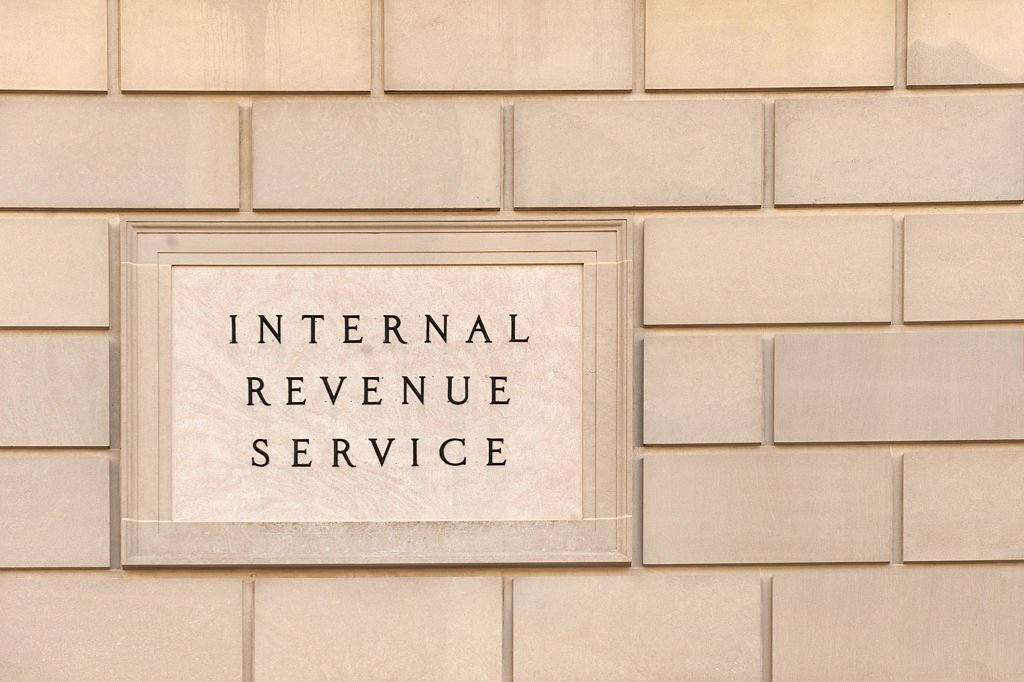Health insurance is a critical part of any financial plan. And while it’s tempting to just keep whatever coverage you had last year, doing so may come with a substantial financial downside. For many Americans, the open enrollment season, which covers both employer-based and federal health insurance, is either underway or about to begin.
The AICPA’s 360 Degrees of Financial Literacy program is urging Americans to take this opportunity to carefully review their family’s financial situation and insurance options to pick out the best coverage plan for their household. Doing so can substantially help your financial health in 2020. Don’t ‘Set It and Forget It’ There is a strong temptation to go with the first plan you see or the one you had last year. This is not without financial risk. By merely staying the course without reviewing all the options available, you could be missing crucial opportunities to save—or worse, choose a plan that doesn’t properly cover your family’s healthcare needs. Further, if you miss the open enrollment period, you won’t be able to enroll in a plan unless you have a qualifying event (such as getting married, having a baby, or losing employer-sponsored coverage). So, if you find yourself surprised by a premium increase come January, you won’t be able to change coverage. According to American Institute of CPAs (AICPA) research conducted by The Harris Poll:
- Nearly 9 in 10 employed adults (88 percent) are confident they understood all the benefits available to them when they accepted their current job.
- Similarly, 86 percent are confident they have kept up-to-date with changes to those benefits, and 86 percent are also confident they know where to get information about how to use their benefits.
- However, only 3 in 10 (28 percent) Americans are very confident that they are using their benefits to their fullest potential.
“Americans tend to miss the mark when they stick with what they were doing before without double-checking their assumptions,” said Kelley Long, CPA/PFS and member of the AICPA Consumer Financial Education Advocates. “There are many factors, both in a benefits plan and in one’s personal life, that can change every year. By ‘setting and forgetting’ a benefit plan, you not only run the risk of getting stuck in one that isn’t right for you but also one that costs you extra.” Evaluate Options Available And Make Sure You’re Getting the Best Deal “Even though the volume of an open enrollment benefits package can seem overwhelming, Americans would benefit from taking at least 30 minutes, at least, to read through all materials and explore the impact of any changes the company is making to their benefits and carefully consider any changes to their personal situation that could impact their elections for the coming year,” said Jaleigh White, CPA and member of the AICPA Financial Literacy Commission Before automatically making the same benefit elections this year, the AICPA Financial Literacy Commission encourages Americans to ask themselves these five questions to be sure that they are making the best choices for themselves and their family for the year ahead:
- Are there any changes to your personal situation that might make another health insurance choice more valuable this year?
- Do you anticipate any new expenses next year that might change your current elections?
- Did you pay out of pocket expenses this year that could be covered by an insurance option next year?
- Has your employer made changes to your current benefits plan?
- Are there changes you can make to your budget that would allow you to increase tax-deferred savings through an FSA or HSA?
If you answered ‘yes’ or you’re not sure about any of these questions— now is the perfect time to revisit your benefits. Utilize this opportunity to set your finances up for your best 2020. For members of the media, the AICPA has experts ready to assist with stories to help Americans make informed decisions about how to incorporate a healthcare plan into a financial plan.
Important Dates:
- Most employers schedule open enrollment to end a few weeks before forms must be submitted to benefit providers. For calendar-year benefit plans starting January 1st, open enrollment often takes place in November. To be certain when the open enrollment period at your workplace takes place, contact your human resources representative.
- Open enrollment for federal healthcare begins November 1st in most states and runs to December 15th, 2019.
- Open enrollment for Medicare began on October 15th and will conclude on December 7th, 2019.
Additional findings, AICPA research on employee benefits:
- By a 4 to 1 margin, Americans would choose a job with benefits over an identical job that offered 30% more salary but no benefits.
- 401(k) match, health insurance and PTO top the list of 10 most desired workplace benefits.
- Majority of employed adults (63%) are confident the freedom of being their own boss would be worth more than the job security that comes with working for an employer.
- Generational comparisons are available for all stats.
- Further analysis and guidance on the topic of employee benefits are published in the AICPA’s Employee Benefits Report which is available on the AICPA’s 360 Degrees of Financial Literacy website https://www.360financialliteracy.org.
Thanks for reading CPA Practice Advisor!
Subscribe Already registered? Log In
Need more information? Read the FAQs
Tags: Payroll
![healthcare41_11309142[1]](https://www.cpapracticeadvisor.com/wp-content/uploads/2022/07/35477/healthcare41_11309142_1_.5db9966978937.png)



